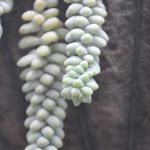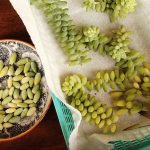The string of pearls plant, scientifically known as Curio rowleyanus, adds a touch of beauty to any garden, whether indoors or outdoors. This unique succulent is a joy to care for throughout the year, as detailed in this comprehensive guide by experienced horticulturist Rachel Garcia.
Often perceived as a challenging plant due to its intriguing appearance, growing a string of pearls is surprisingly effortless. Known for its resilience and rapid growth, this succulent with its bead-like leaves is a delightful addition to your plant collection. The elongated stems adorned with pea-sized, light green leaves resembling a strand of pearls give this plant its signature look.
String of pearls thrives both as an indoor houseplant and an outdoor garden feature, especially when placed in hanging pots to allow its trailing nature to shine. With its simplicity in propagation, expanding your succulent garden with this plant is a breeze.
This article aims to guide you through the entire process of nurturing this elegant yet straightforward plant.
Overview
|
Plant Type
Succulent
Family
Asteraceae
Genus
Curio |
Species
Curio rowleyanus
Exposure
Bright indirect light
Height
1-3′ |
Watering Requirements
Low
Maintenance
Sunlight
Low
Soil Type
Succulent mix What is String of Pearls?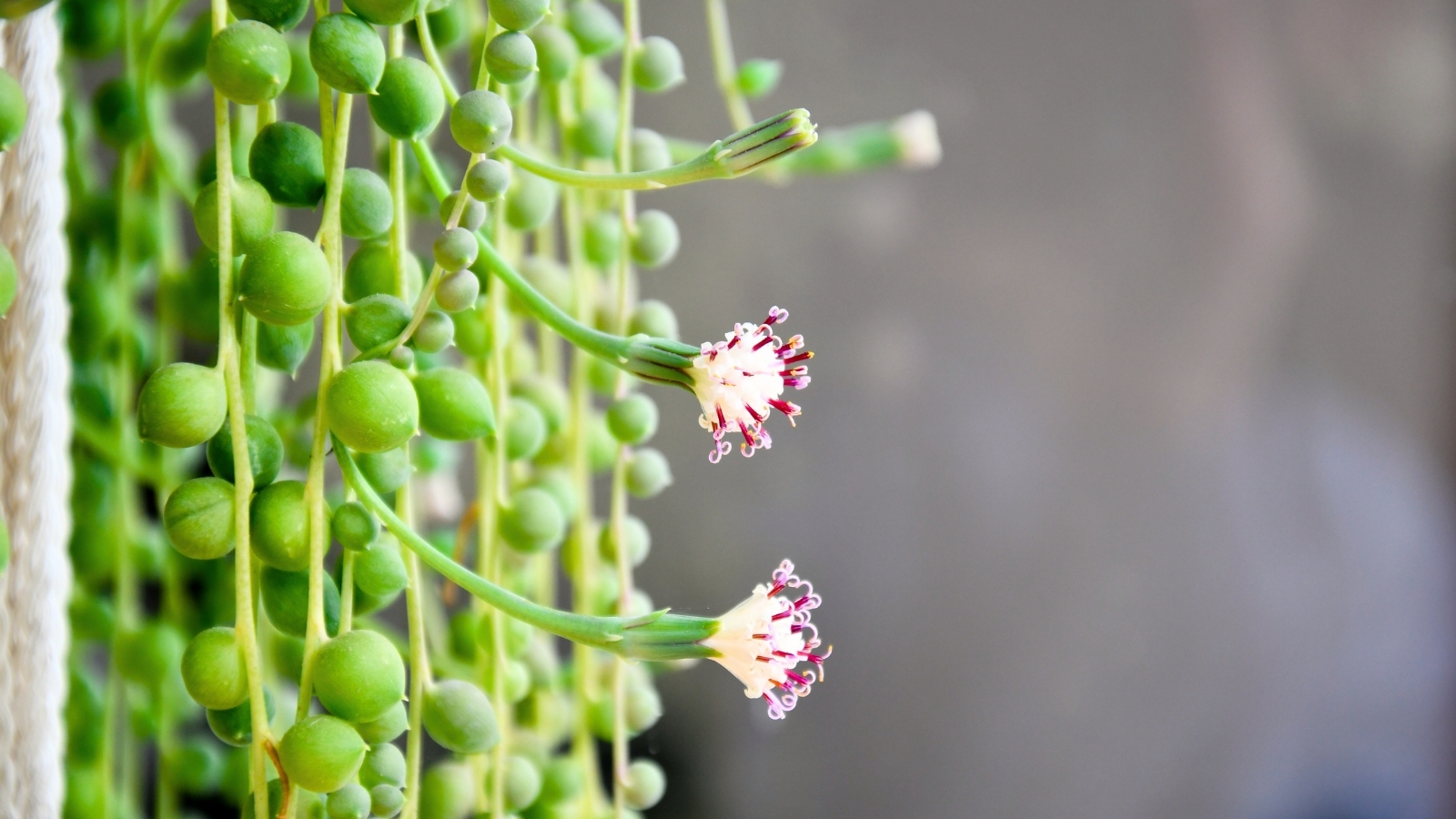 In the summer, clusters of white blooms appear on string of pearls plants. These small flowers, although not particularly showy, exude a delightful cinnamon scent, adding a unique touch to this succulent. Hailing from South Africa, string of pearls typically sprawls on the ground under the shade of other plants, favoring higher temperatures. It serves well as a succulent ground cover, especially in shaded areas, or as an indoor or patio houseplant. If you opt for outdoor cultivation, ensure temperatures stay above 50°F (10°C). In USDA Zones 9-12, you can grow string of pearls outdoors throughout the year; otherwise, keep it indoors in a sunny location. While most string of pearls sport a green hue, the ‘Variegata’ variety boasts leaves with striking white stripes. This cultivar may be rare to find, but its unique appearance makes it highly sought after by enthusiasts. Planting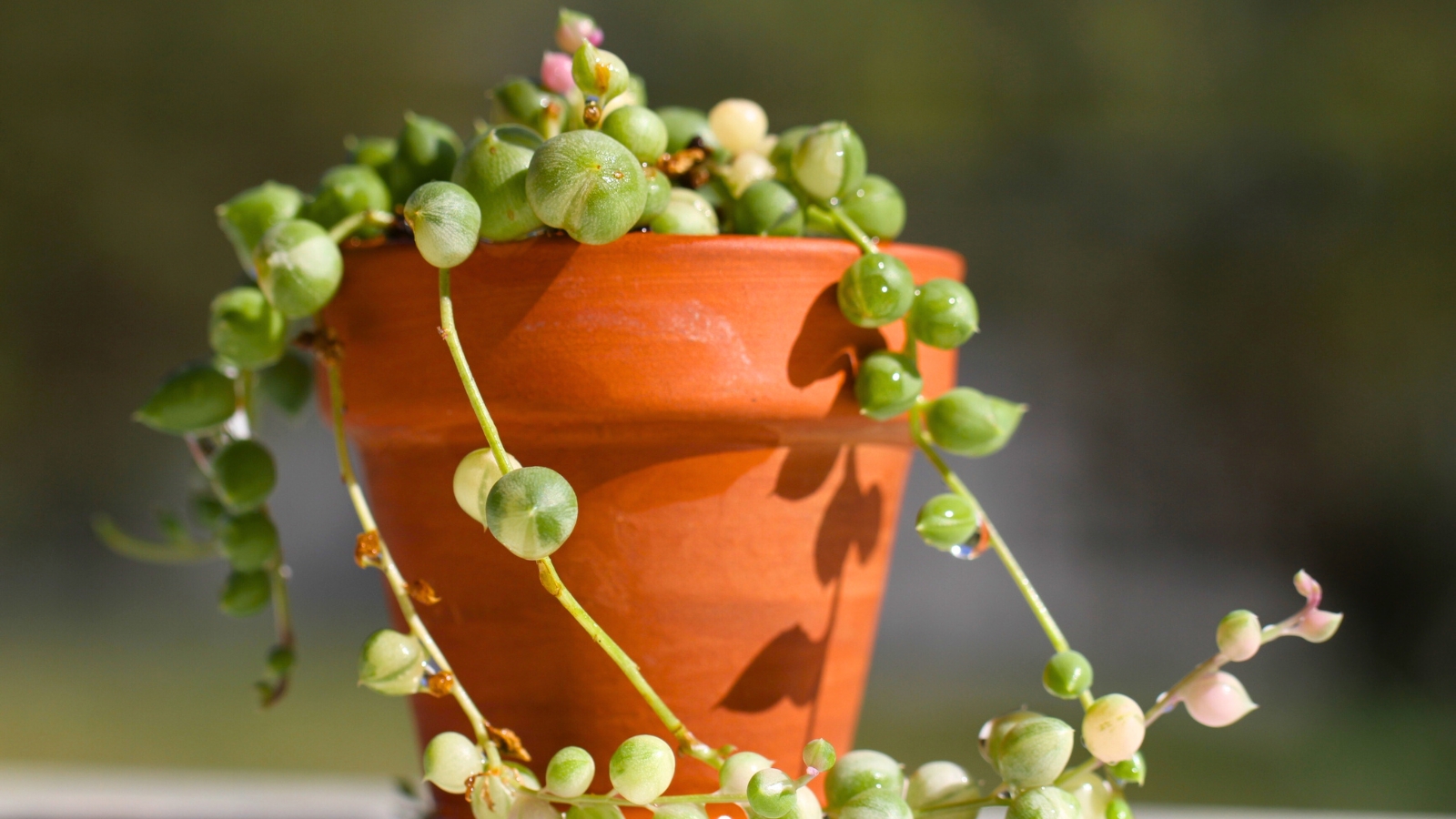 For successful planting of Curio rowleyanus, whether in a garden or a pot, ensure adequate drainage to prevent common issues like root rot in these succulents. Begin by choosing a suitable location or container. Outdoors, select a spot that receives abundant indirect sunlight. Enhance the soil with coarse sand or perlite to improve drainage and aeration, mimicking their natural habitat. If planting in a pot, go for a container with sufficient drainage holes at its base. Fill it with cactus or succulent potting mix, or create your own blend using potting soil, coarse sand, and perlite. Gently transfer the string of pearls from its existing container, taking care to avoid any damage. To successfully grow string of pearls, handle the delicate leaves with care without damaging them. If the roots appear densely packed or tangled, gently tease them before planting. Ensure the pearls are well-covered with soil, draping over the pot’s edge or spread across the soil surface. Once planted, water the succulent immediately. String of pearls plants are generally low-maintenance, but they still require proper care to thrive. Understanding their needs is crucial for their growth. When it comes to light, these succulents prefer indirect bright light. While they enjoy sunlight, direct exposure can lead to sunburn. Placing the plant a few feet away from the window can provide sufficient light without harming the leaves. Outdoors, opt for positions with dappled sunlight, such as under tree cover, as they can handle gentle direct sun but struggle in intense heat. Regarding watering, be mindful not to overwater string of pearls. Allow the soil to dry out partially between waterings to prevent root rot. During the growing season, water sparingly but ensure the roots receive adequate moisture. Avoid getting the leaves wet to prevent issues like rot or fungus. One way that string of pearls, like other succulents, can cope with dry spells is by storing water in their beads. To water them effectively, saturate the soil thoroughly and let it dry out entirely before the next watering. Typically, you’ll water your plant every two weeks, but this schedule can be adjusted based on pot size and local temperatures. Indoor plants generally require less water compared to those outdoors in gardens. Overwatering poses the greatest threat to your string of pearls, as it can result in root rot and the growth of harmful bacteria. Signs of overwatering include yellow, mushy stems and easily detachable beads. Underwatering is less common but can still occur. If your plant is not receiving enough water, the beads may shrink or lose their plump appearance, turning brown or black. However, prompt action can usually reverse this by giving your string of pearls a thorough watering. SoilString of pearls requires well-draining soil to thrive. You can purchase specialized succulent potting mixes at garden centers or online. The quality of the soil can significantly impact the health of your plant. While it’s possible to create your potting mix, ensure it isn’t overly nutrient-rich. Many garden soils retain too much moisture, which can be harmful to the plant’s roots. Opt for a fast-draining mix that allows for future fertilization. Temperature & HumidityThese succulents cannot withstand freezing temperatures or frost. They prefer warm conditions as they originate from desert regions. Watch out for cold drafts indoors that could harm the plants. If your home maintains a temperature of around 68°F (20°C) throughout the year, it’s ideal for these plants. During winter, If the growth of your string of pearls plant slows down, it can tolerate indoor temperatures as low as 50°F (10°C) without any harm. Once the outdoor temperatures rise within its preferred range, this plant can thrive in both indoor and outdoor settings, making it a delightful addition to patio gardens! To encourage flowering in your plant, it requires a cool fall and winter climate. Maintain a temperature around 65°F (18°C) until spring arrives. Additionally, provide indirect sunlight in the spring to stimulate summer flowering. Fertilizing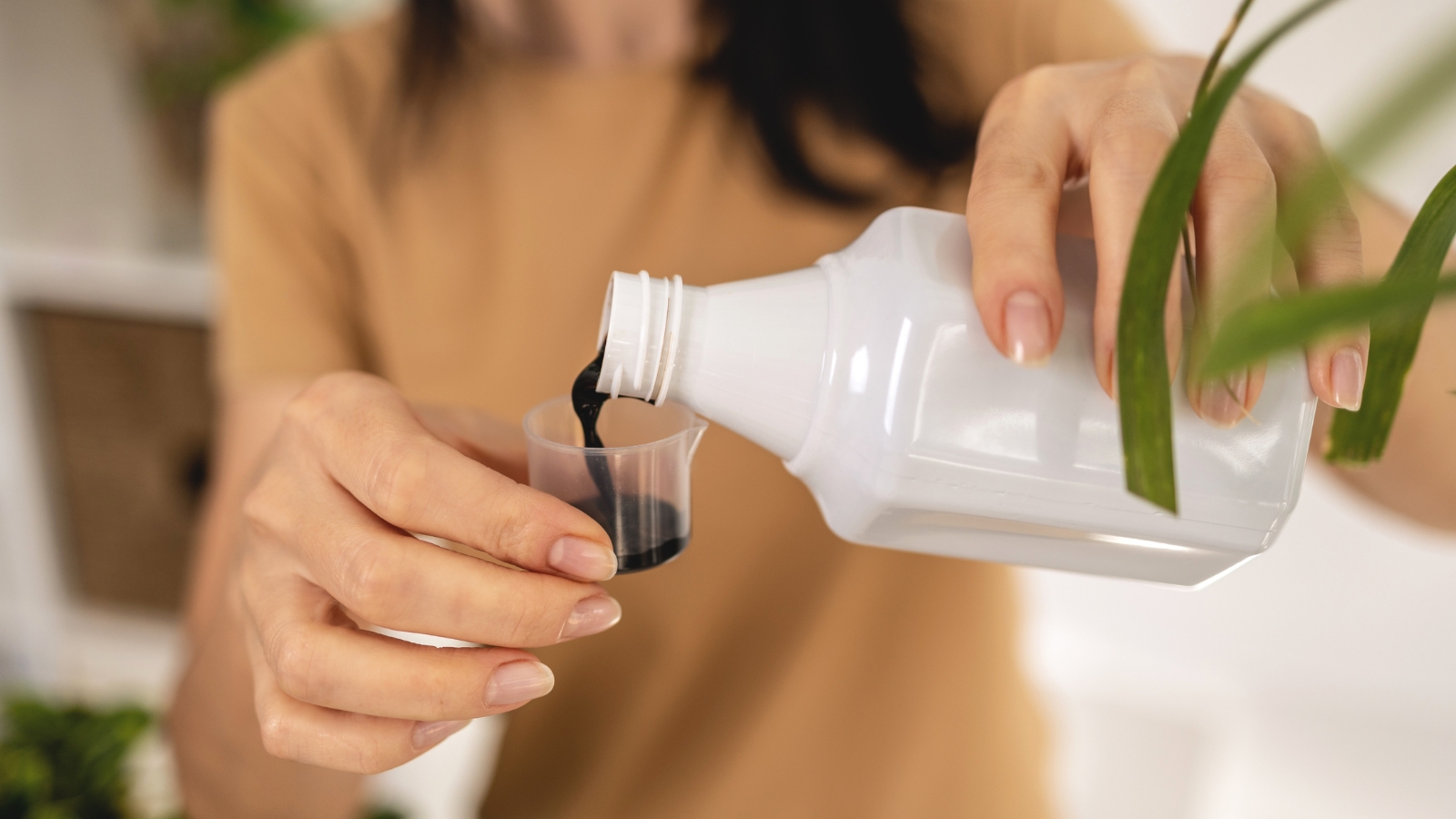 If your plant is thriving and vigorous, fertilization may not be necessary. However, if you opt to fertilize, utilize a balanced liquid fertilizer diluted to half strength. During spring or summer, feed the plant up to once a month. Avoid fertilizing in the fall or winter when succulents experience slowed growth. Ensure that the fertilizer is applied to the soil and not on the plant’s stems or leaves. Maintenance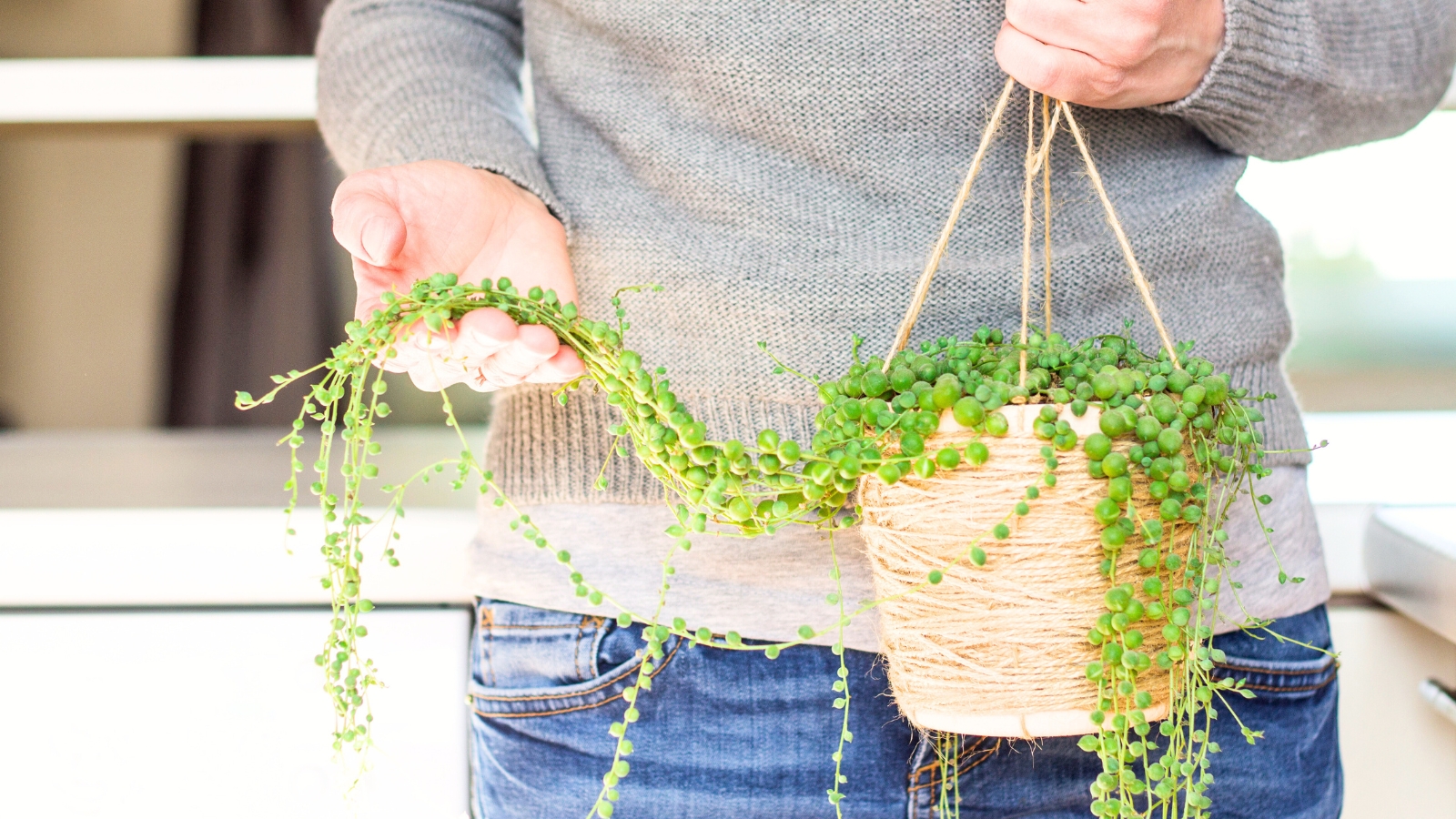 It is advisable to repot your plants each year in the spring to ensure their soil remains loose and well-aerated. Due to their small and shallow roots, string of pearls thrives in smaller pots. Large containers may retain excess moisture, leading to root rot. When repotting, opt for a slightly larger container or trim the roots before replanting in the same pot. Handle your succulent carefully to prevent the pearls from detaching. Should you notice any root rot signs, trim off the affected parts with a sterile knife. Repot the plant with the base slightly below the pot’s rim. Following repotting, allow the soil to dry for a few days. This grace period enables the plant to heal any root or stem wounds before watering. Pruning is only necessary if you wish to reduce the size of the plant or eliminate damaged sections. Simply use sterile pruning shears to trim back the stems. Keep the pruned areas dry until they develop calluses to prevent the onset of bacterial infections or plant diseases. Propagation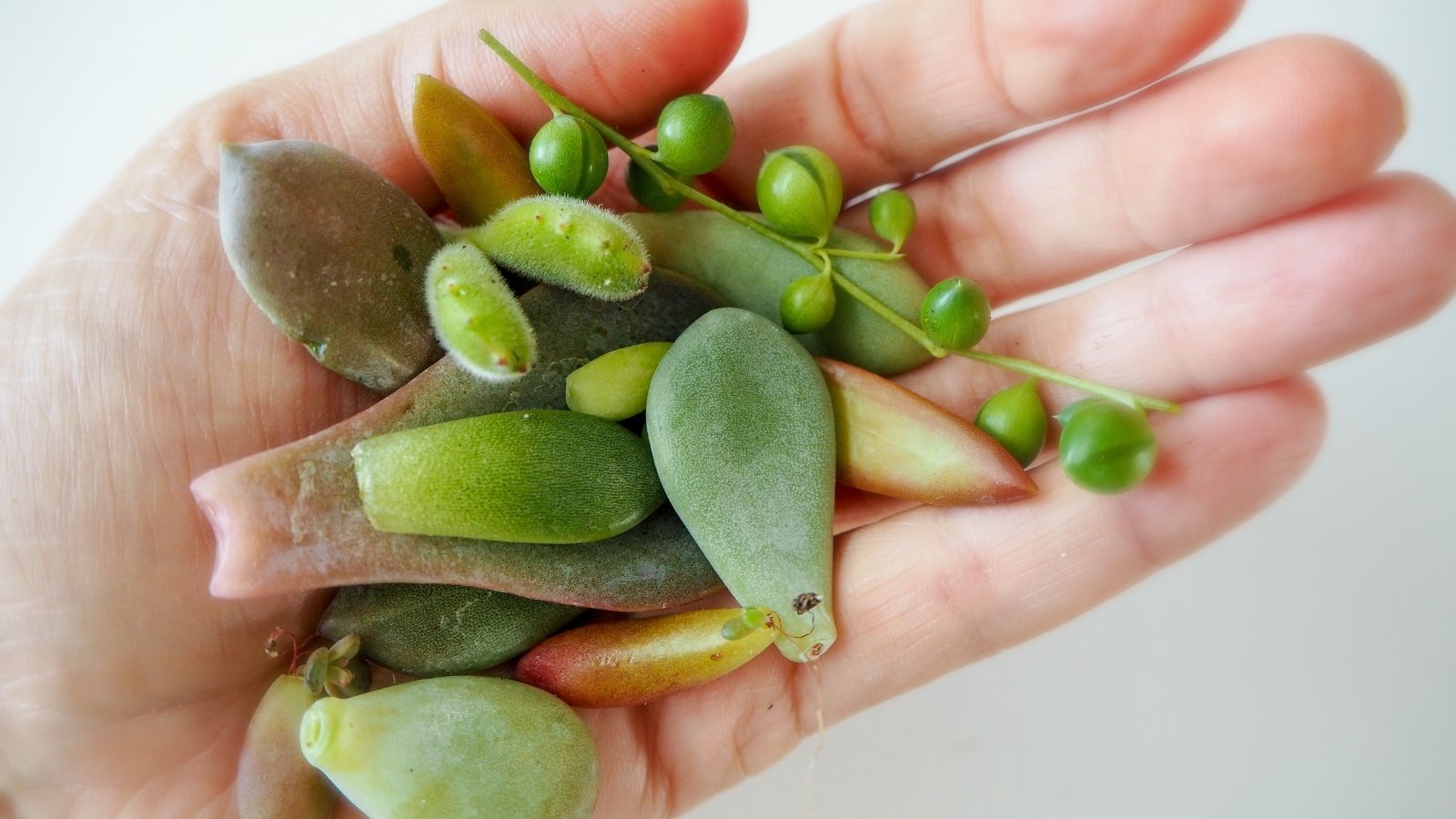 String of pearls, known for its effortless propagation, sometimes even propagates itself! Delve into our detailed propagation guide for this plant for comprehensive insights. To ensure successful propagation, it is recommended to carry out the process during the active growth period in spring or summer, as the plant tends to be dormant in fall and winter. Although growing from seed is an option, it is a less favored and time-consuming approach. Common Problems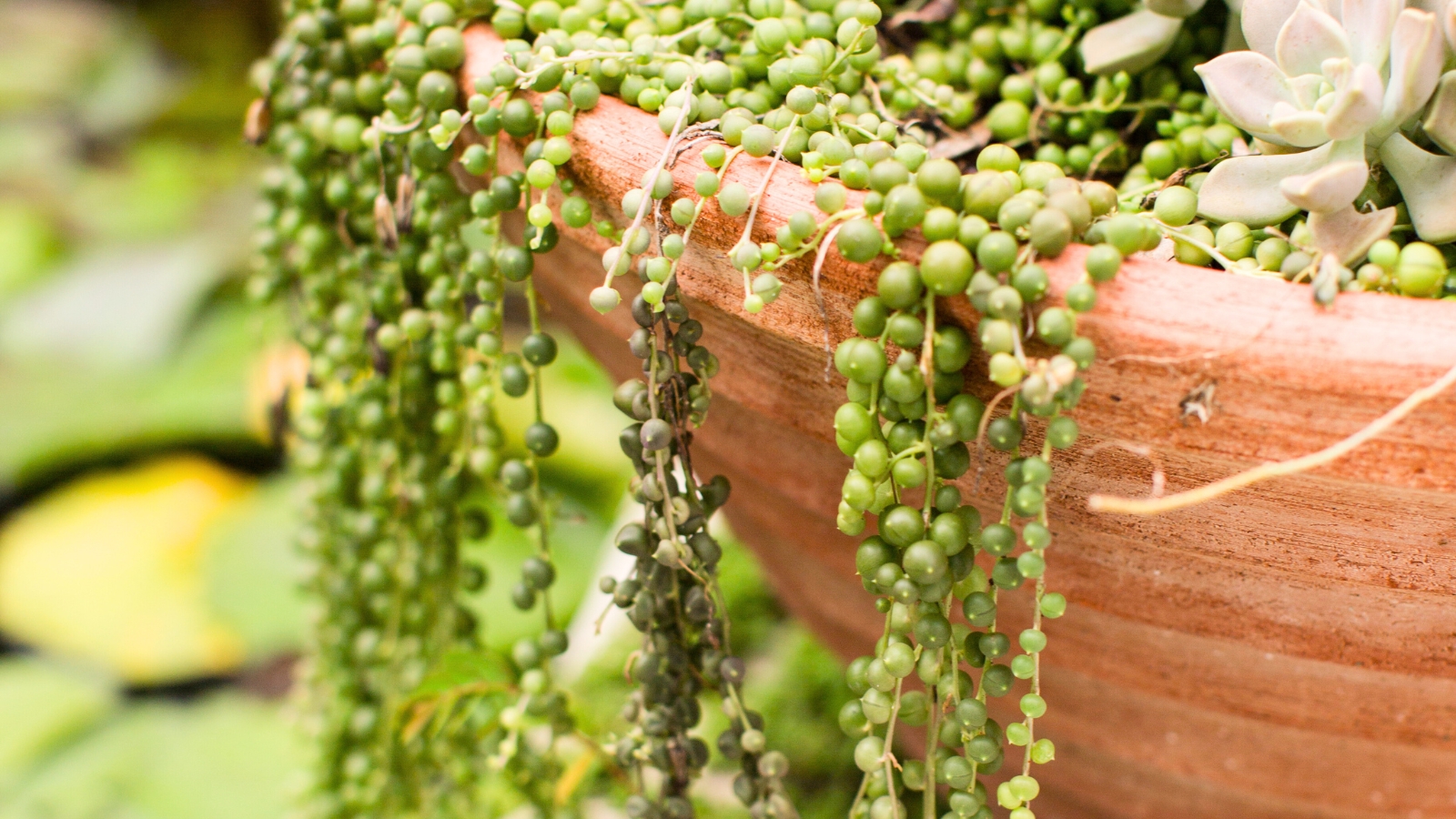 To ensure the well-being of your string of pearls plant, taking precautionary measures and addressing potential problems promptly is essential. Here are the warning signs to monitor in your succulent garden. Shriveled Pearls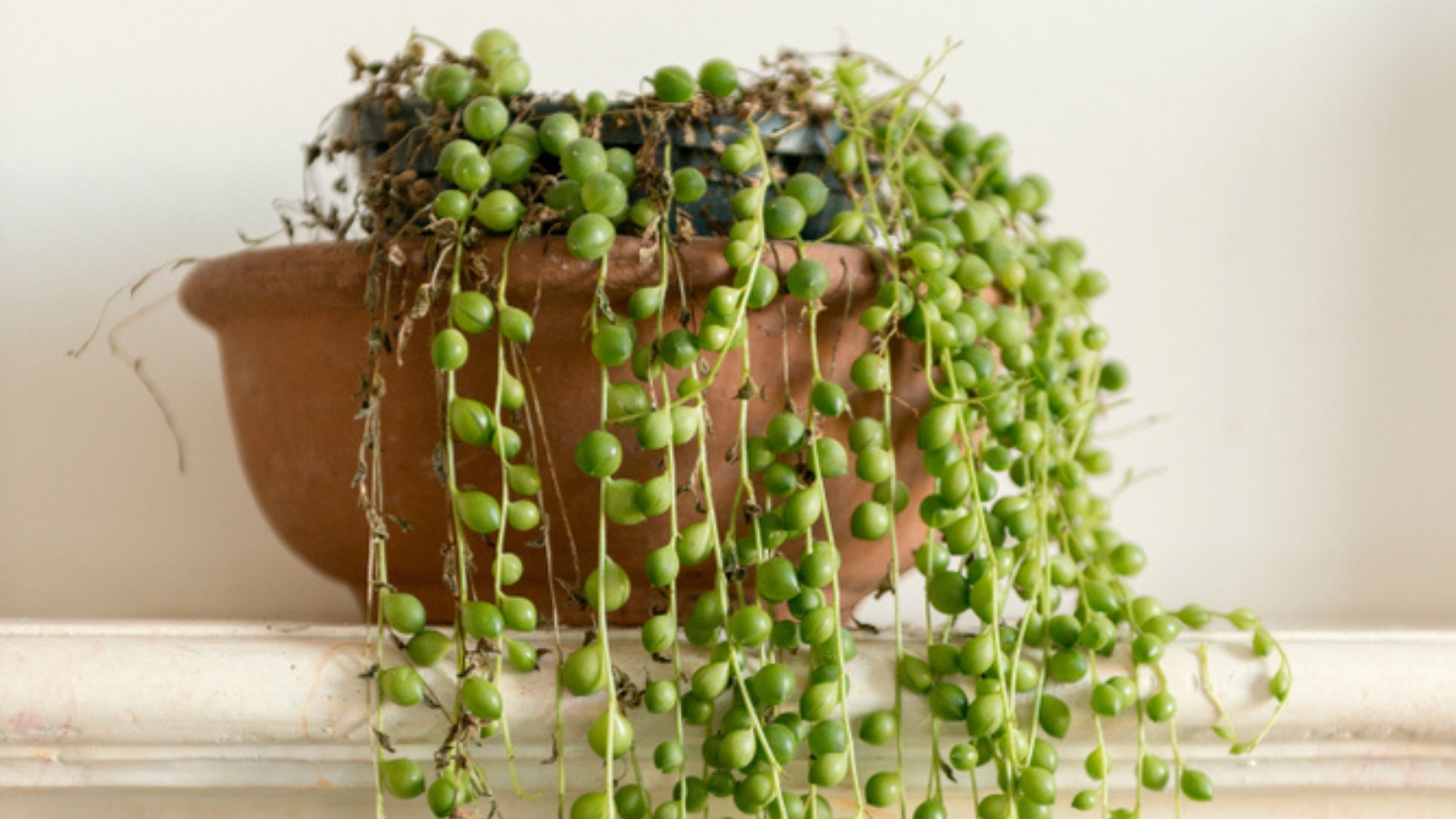 Shriveled pearls are a common issue, often caused by underwatering or sunburn, which also leads to drying out and scarring of succulents. To prevent or address this, relocate your houseplant away from direct bright light, whether it’s an indoor or outdoor setting. Dropping Pearls Pearls dropping from the stem may indicate overwatering or cold damage from drafts and related conditions as potential culprits. If suspected, consider moving your Curio rowleyanus to a more sheltered spot. Stunted Growth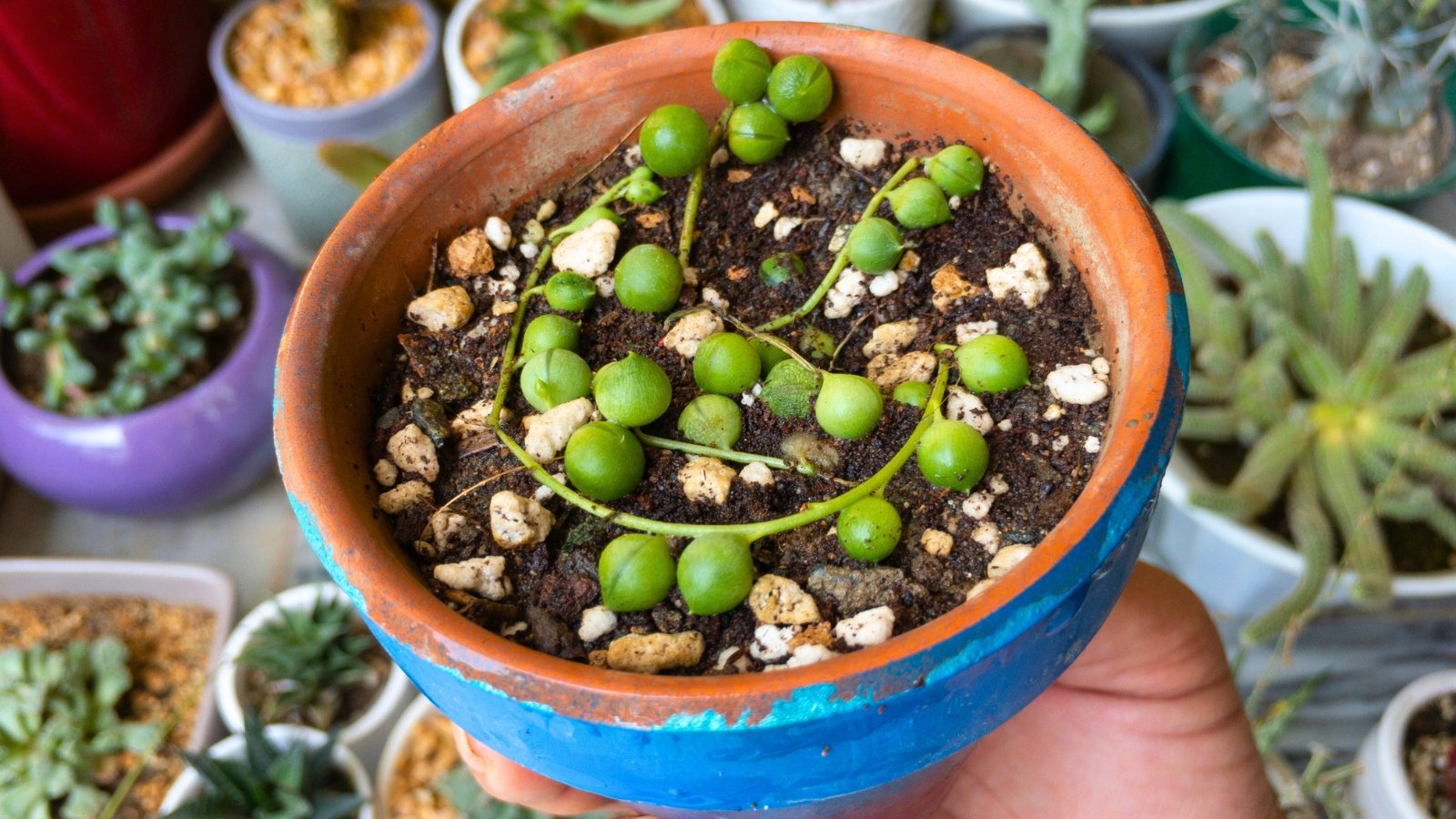 As string of pearls plants age, they may exhibit stunted growth due to reduced vigor compared to younger plants. If you wish to continue growing the same variety, consider taking cuttings and establishing them in new soil to maintain a beautiful houseplant and potentially extend the succulent’s lifespan. Pests Aphids, these tiny creatures, have a voracious appetite specifically for string of pearls plants. The presence of these pests can progressively weaken and eventually kill your string of pearls plant, adding to the woe by attracting ants with their honeydew secretions. Mealybugs pose a similar threat akin to aphids, causing harm to the plants and potentially luring ants towards them. Identified by the white, waxy substance they discharge, these sap-sucking pests need to be dealt with promptly. To combat both aphids and mealybugs, the application of insecticidal soap or neem oil can be effective. Alternatively, encouraging beneficial predatory insects like ladybugs or lacewings can help control the infestation. Diseases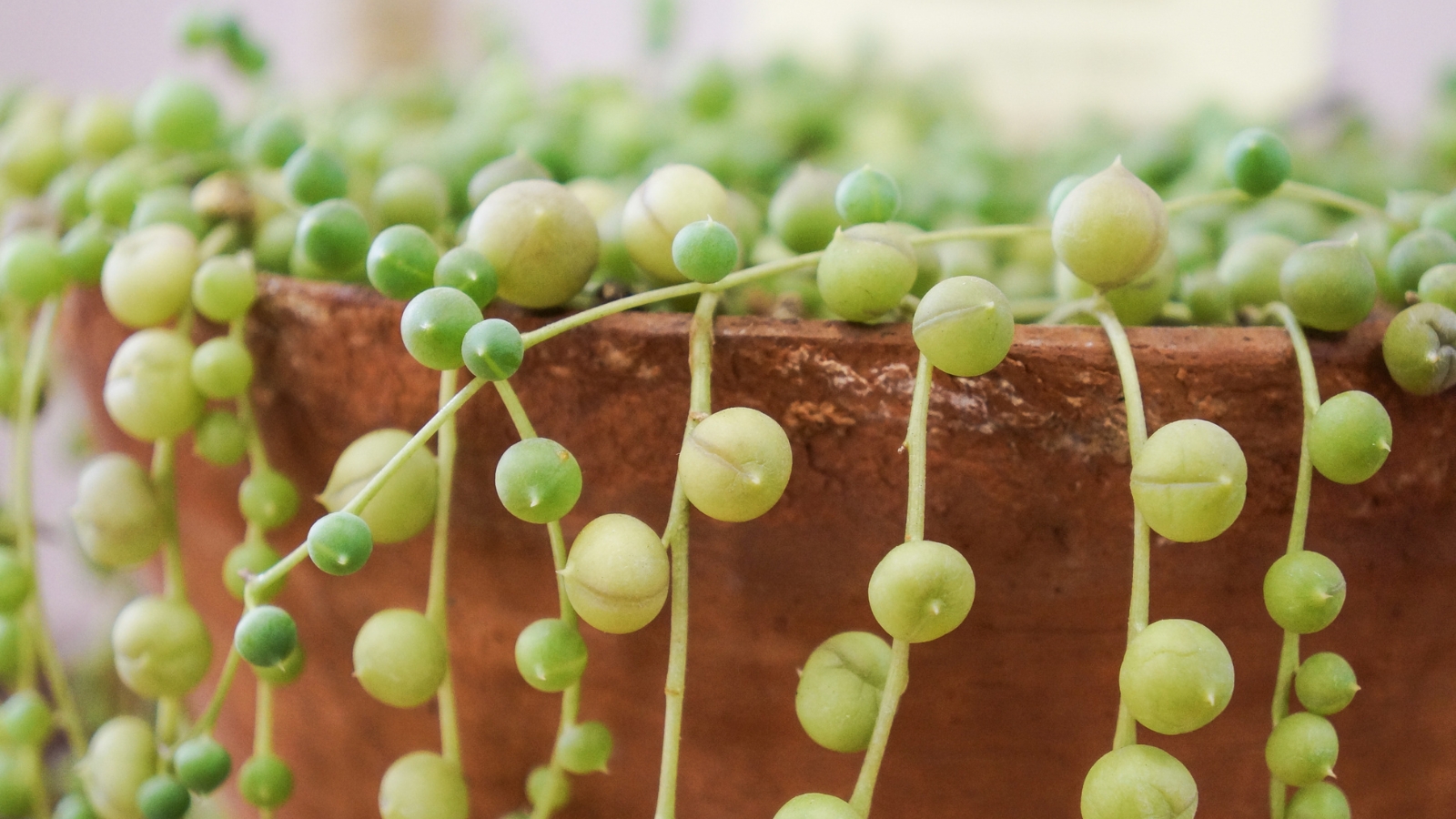 Root rot remains a constant menace for succulents, stemming from excessive moisture in the soil that fosters fungal growth. This fungal presence deteriorates the roots, manifesting as black, mushy roots and can further affect stems and leaves. Once root rot sets in extensively, reversing the damage becomes improbable. Hence, emphasizing prevention through the utilization of well-draining potting mixes suitable for cacti and succulents is crucial. If root rot has already plagued your string of pearls substantially, salvaging healthy cuttings for propagation is advisable. Utilize sterilized pruning tools and practice cleanliness to prevent further spread of the fungal infection. The original plant can be discarded post-cutting propagation. FAQsEver wonder why your string of pearls plant sheds its pearls? If your plant is losing its pearls, it’s likely due to overwatering. Allow the soil to completely dry out before watering again. If the soil is saturated, consider replanting in dry soil to help your plant recover. Any tips on encouraging your string of pearls to flower? How to encourage your string of pearls to bloom?
In order to trigger flowering in your mature string of pearls plant, it must enter a full dormant phase to store energy. During the winter, lower the temperature to 50-65°F (10-18°C) and reduce watering frequency. When done correctly, your plant should bloom for approximately a month the following summer.
Is the string of pearls plant toxic?
|



